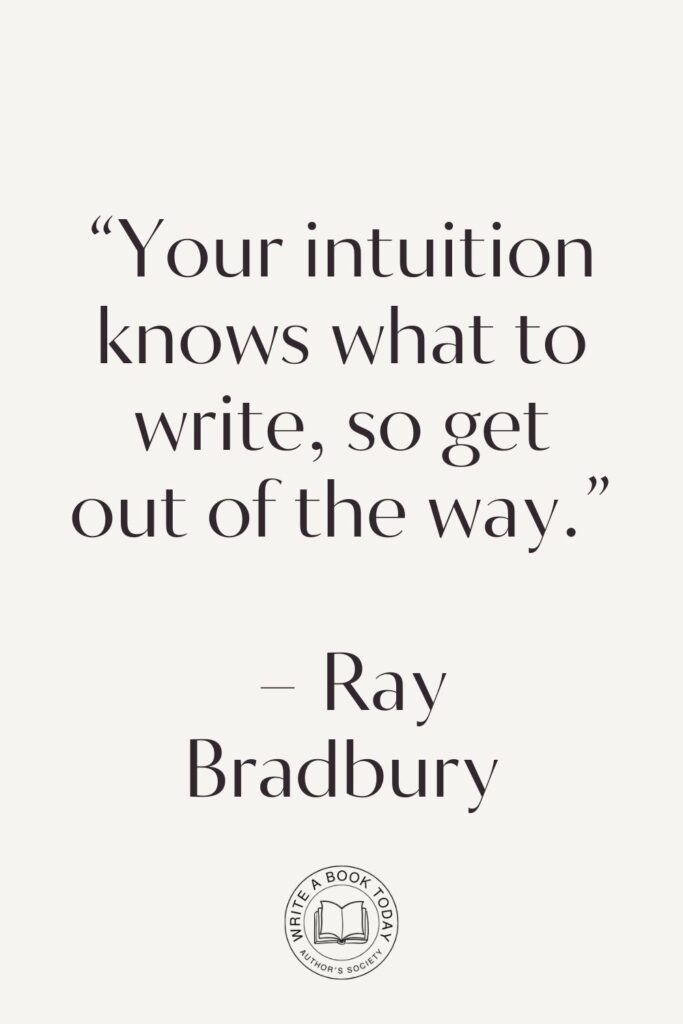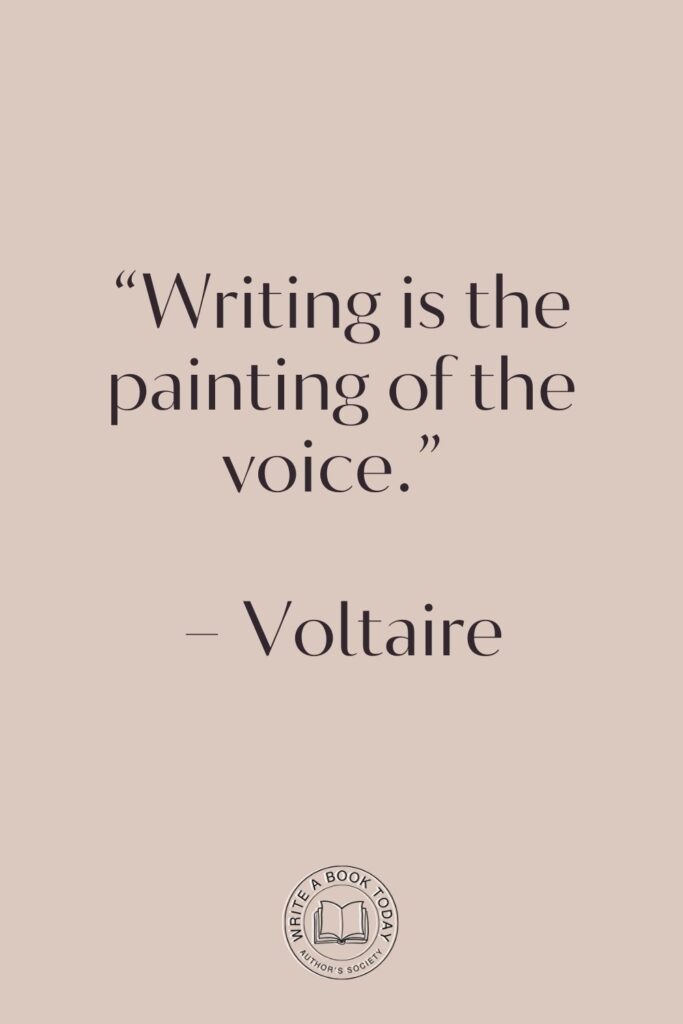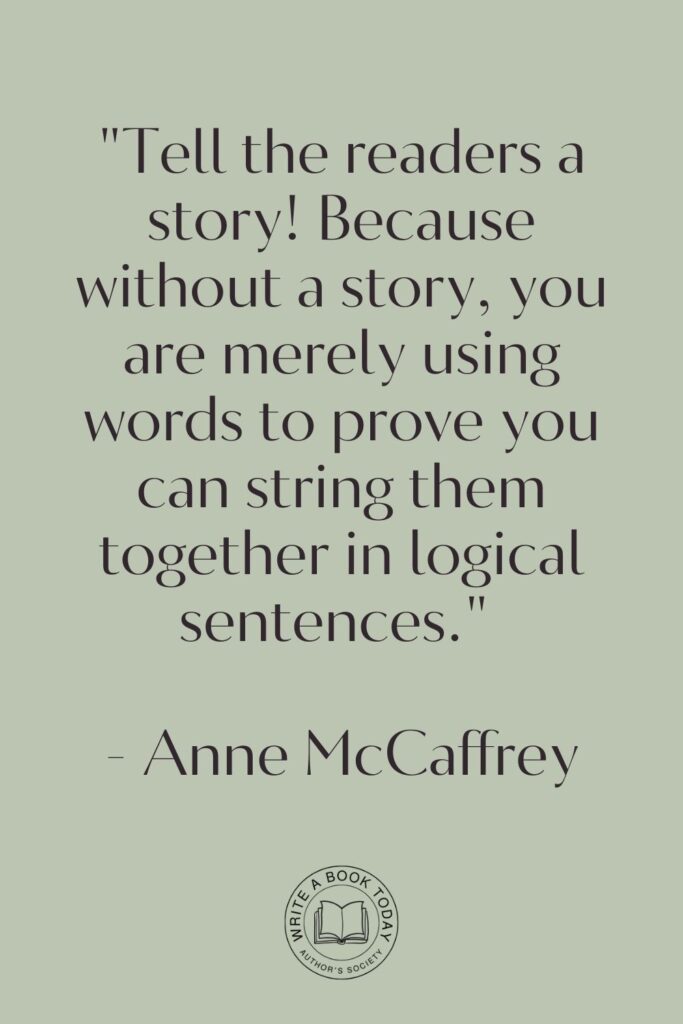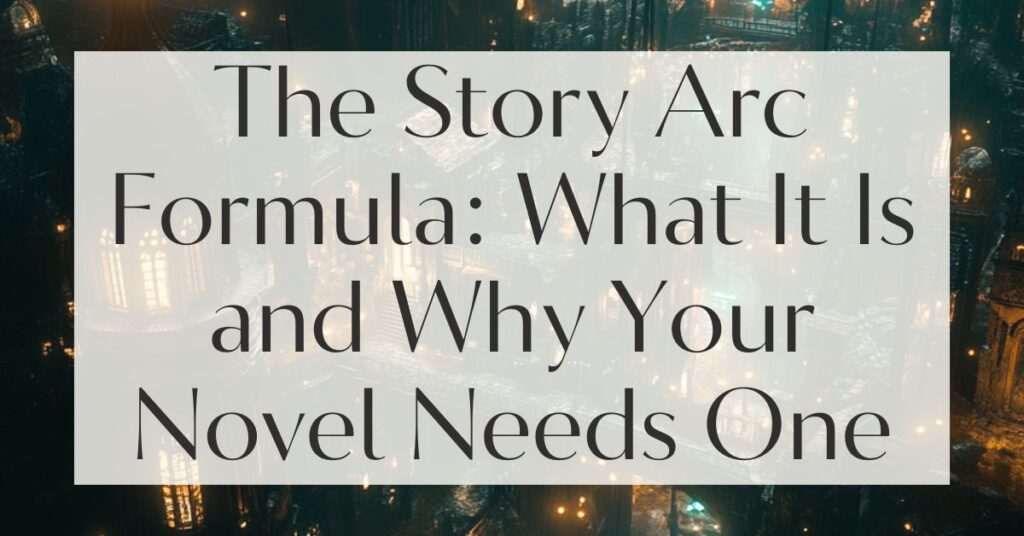Imagine weaving a tale that grips the reader’s heart, pulling them into a world where emotions are vivid, characters are alive, and every page turn is a new adventure. This is the magic of storytelling, and at its core lies the Story Arc Formula.
It’s a timeless structure that has been used to craft narratives from ancient myths to modern novels. But why is it so crucial for your writing journey? Understanding the story arc can transform your narrative from a simple string of events into a compelling journey that captivates your readers.
Let’s dive into this enchanting formula and discover how it can breathe life into your novel.
Understanding the Story Arc Formula
At the heart of every captivating story is a well-structured narrative flow. The Story Arc Formula serves as the skeleton upon which writers flesh out their tales, ensuring that each element of the story aligns to create a harmonious and engaging whole.
This formula isn’t just a set of rules; it’s a guide that helps writers maintain a natural rhythm in their storytelling, providing a roadmap for the emotional highs and lows that define a memorable narrative.
What is the Story Arc Formula?
The Story Arc Formula is a structural blueprint used by writers to outline the progression of their narratives. It typically includes five main components: exposition, rising action, climax, falling action, and resolution.
These elements help in crafting a story that resonates with readers by providing a clear beginning, middle, and end. By following this arc, writers can ensure their stories are not only cohesive but also compelling, keeping readers hooked from the first page to the last.
When developing your story arc, consider your characters’ emotional journeys. Each stage of the arc should reflect a change or growth in your characters, adding depth and dimension to your story. This focus on character development will make your narrative more relatable and engaging.
The Importance of Story Structure
Story structure is akin to the foundation of a house; without it, the narrative can crumble. A well-constructed story arc provides a framework that supports the plot and character development, ensuring that the story unfolds logically and satisfyingly.
It allows writers to build tension and release it at just the right moments, creating a rhythm that keeps readers engaged. Moreover, a solid structure helps in maintaining the narrative flow, guiding the reader seamlessly through the twists and turns of the story.
Consider the beloved novel “Pride and Prejudice” by Jane Austen. Its enduring appeal lies not only in its characters but also in its masterful use of the story arc, which draws readers into Elizabeth Bennet’s world and keeps them invested in her journey.
This highlights the importance of structure in crafting a narrative that stands the test of time.

Key Components of the Story Arc
The beauty of the Story Arc Formula lies in its simplicity. By breaking down the narrative into distinct sections, writers can focus on each part individually, ensuring that every aspect of the story is fully developed and engaging.
Let’s explore each component and see how they contribute to the overall narrative.
Exposition: Setting the Stage
The exposition is the story’s opening act, where the stage is set, and the groundwork is laid. Here, readers are introduced to the setting, characters, and the initial situation that will propel the narrative forward.
This is where the writer’s ability to paint vivid pictures with words comes into play, capturing the reader’s imagination and drawing them into the world of the story.
In J.K. Rowling’s “Harry Potter and the Sorcerer’s Stone,” the exposition introduces us to the mundane life of Harry Potter, setting the stage for the magical journey that follows. The details of his life with the Dursleys and the mysterious letters from Hogwarts pique the reader’s curiosity, making them eager to learn more.
Feeling lost with your debut novel?
Fiverr Pro connects you with expert editors, designers, and marketers – everything you need to get your book ready for success!

Rising Action: Building Tension
The rising action is where the story truly begins to unfold, with events escalating and tension building. It’s a series of conflicts and challenges that push the protagonist toward the climax.
This phase is crucial as it keeps the reader engaged, adding layers of complexity to the narrative and deepening the reader’s investment in the characters’ journeys.
To effectively build tension during the rising action, introduce obstacles that challenge your protagonist’s beliefs or goals. These obstacles should be significant enough to cause doubt or conflict, creating suspense and anticipation for the climax.
Climax: The Turning Point
The climax is the story’s crescendo, the moment when the tension reaches its peak, and the protagonist faces their greatest challenge. It’s the turning point where everything changes, often leading to a revelation or a decisive action that alters the course of the narrative.
This is the moment readers have been waiting for, and it should deliver on the promise of the story’s buildup.
Think of the moment in “The Great Gatsby” when Gatsby’s dream crumbles in the face of reality, and the truth about his past is revealed. This pivotal scene shifts the narrative, bringing the story to its inevitable conclusion.

Falling Action: The Aftermath
Following the climax, the falling action deals with the consequences of the protagonist’s actions and decisions.
It’s a period of reflection and resolution, where loose ends are tied up, and the story begins to wind down. This phase allows readers to process the events of the climax and understand their impact on the characters and the world of the story.
In “To Kill a Mockingbird,” the falling action explores the aftermath of Tom Robinson’s trial, showing how the events have affected the town and the Finch family. This reflection adds depth to the narrative, providing closure to the story’s themes and conflicts.
Resolution: Tying Up Loose Ends
The resolution is the story’s denouement, where all plot threads are resolved, and the narrative reaches its conclusion.
It’s a chance to offer closure to the characters and the reader, leaving them with a sense of satisfaction or contemplation. A well-crafted resolution ties back to the exposition, creating a sense of completeness and harmony in the story.
When crafting your resolution, consider how you want your readers to feel as they finish your novel. Whether it’s a sense of hope, reflection, or closure, the resolution should align with the story’s themes and leave a lasting impression.
Google Docs is for notes. Scrivener is for novels. Upgrade your writing game and try it for free today!

Applying the Story Arc Formula to Your Novel
Now that we’ve explored the components of the Story Arc Formula, it’s time to see how you can apply this powerful tool to your own writing.
By integrating the formula into your novel writing process, you can create a story that flows naturally and keeps readers engaged from start to finish.
Crafting Your Narrative Flow
Creating a smooth narrative flow is essential for maintaining reader interest. Start by outlining your story arc, identifying key plot points and how they connect. This outline serves as a roadmap, guiding you through the writing process and helping you maintain a consistent pace.
Pay attention to the transitions between each component of the arc, ensuring they are seamless and logical.
Consider using a story structure table to organize your plot points:
| Component | Description | Example |
|---|---|---|
| Exposition | Introduce setting and characters | Harry Potter’s life with the Dursleys |
| Rising Action | Build tension and conflicts | Harry’s discovery of the wizarding world |
| Climax | Turning point of the story | Confrontation with Voldemort |
| Falling Action | Consequences and reflection | Aftermath of the battle |
| Resolution | Tying up loose ends | Return to normalcy at Hogwarts |

Examples from Well-Known Novels
Learning from the masters is a great way to understand how the Story Arc Formula can be applied effectively. Many celebrated novels use this formula to craft compelling narratives that resonate with readers.
For instance, J.R.R. Tolkien’s “The Hobbit” follows a classic story arc, taking Bilbo Baggins from his comfortable home in the Shire to the heart of a dragon’s lair and back again, transformed by his journey.
Similarly, in Harper Lee’s “To Kill a Mockingbird,” the story arc guides readers through Scout Finch’s experiences in a racially divided Southern town, culminating in the trial of Tom Robinson.
The resolution leaves readers contemplating the themes of justice and morality, illustrating the power of a well-executed story arc.
Common Pitfalls and How to Avoid Them
While the Story Arc Formula is a valuable tool, it’s important to be mindful of potential pitfalls. One common mistake is sticking too rigidly to the formula, resulting in a predictable and formulaic story.
To avoid this, focus on infusing your unique voice and creativity into each component of the arc. Allow room for surprises and deviations that enhance the narrative.
Avoid info-dumping in the exposition by weaving necessary background information naturally into the story. Show, don’t tell, and let readers discover the world and characters through dialogue and action. This approach keeps the exposition engaging and avoids overwhelming the reader with details.
No marketing platform? No social following? No problem!
Publisher Rocket helps you market your debut novel like a pro.
It’s a gamechanger for debut authors – try it today!


Beyond the Formula: Embracing Creativity
While the Story Arc Formula provides a solid foundation, creativity is the lifeblood of storytelling. It’s what sets your narrative apart and makes it uniquely yours. Embracing creativity within the structure allows you to explore new ideas and push the boundaries of conventional storytelling.
Personal Expression in Storytelling
Your voice as a writer is your most valuable asset. It reflects your perspective, experiences, and imagination. While adhering to a structure, ensure your personal expression shines through.
Let your characters speak with authenticity, and infuse your narrative with themes and messages that resonate with you. This personal touch will make your story more relatable and memorable.
Innovating Within Structure
Innovation doesn’t mean discarding structure; it means finding new ways to work within it. Experiment with non-linear storytelling, multiple perspectives, or unexpected plot twists. These creative choices can add depth and intrigue to your narrative, captivating readers who crave fresh and innovative storytelling.
Remember, the formula is a guide, not a constraint.
To innovate within the story arc, consider starting your narrative in media res, or in the midst of action. This technique grabs readers’ attention immediately and allows for creative exploration of backstory and character development through flashbacks or revelations.

Final Thoughts: Your Journey as a Writer
Embarking on a writing journey is an adventure filled with discovery and growth. By embracing the Story Arc Formula, you equip yourself with a powerful tool that enhances your storytelling skills.
Remember, this formula is not a limitation but a foundation upon which you can build your unique narratives.
Building Confidence with the Story Arc Formula
Confidence is key in writing. The more you understand and practice the Story Arc Formula, the more confident you’ll become in crafting compelling stories.
Trust in the process, and don’t be afraid to experiment and learn from each writing experience. With each story you write, you’ll refine your skills and strengthen your narrative voice.
Encouragement for Aspiring Novelists
To all aspiring novelists, remember that every great writer started where you are now. Embrace the journey with enthusiasm and perseverance. Use the Story Arc Formula as a stepping stone, but let your passion and creativity lead the way.
Your unique voice and stories are waiting to be shared with the world. Keep writing, keep dreaming, and never lose sight of the magic that storytelling brings.








